Index
Review: Core M for the masses
Now that Apple is selling a $99 stylus and a Microsoft Surface clone, we decided to check out whether or not it’s possible to get a tablet with proper high-end specs for mid-range money.
The Cube i7 Stylus aims to be just that – an alternative to pricey Windows tablets (including the Surface series). It’s got an impressive spec at an affordable price, and there’s even an optional Wacom stylus. So, can a $350 convertible tablet really take on big brand ultraportables and tablets?
On paper, the Cube looks like an absolute bargain. It’s based on the 14nm Core M 5Y10, a Boadwell-based dual-core capable of hitting 2.0GHz on Turbo. The chip is designed with a Turbo range of 800MHz to 2000MHz, and has a TDP of just 4.5W, enabling its use in passively cooled ultraportables and tablets. It features Intel HD Graphics 5300, with 24 execution units (EUs) clocked at 100 to 850MHz. The tablet is equipped with 4GB of RAM (dual channel 2x2GB DDR3L 1600) and a 64GB SSD.

This is obviously a far cry from cheap Atom tablets, which tend to feature less RAM and slower eMMC storage, but then again the Cube i7 Stylus costs twice as much as your average whitebox Atom tablet.
In any case, at just $327 with free shipping, the Cube i7 Stylus is very cheap for a Core M device, so the question is: Where did Cube decide to cut corners and pinch pennies?
Design and Build Quality
The Cube i7 Stylus is by no means a small device. It’s a 10.6-inch tablet and it’s up to 10.5mm thick. It weighs just over 700 grams, so it’s about 30% thicker and heavier than the average iPad or Android tablet with a similar size screen.
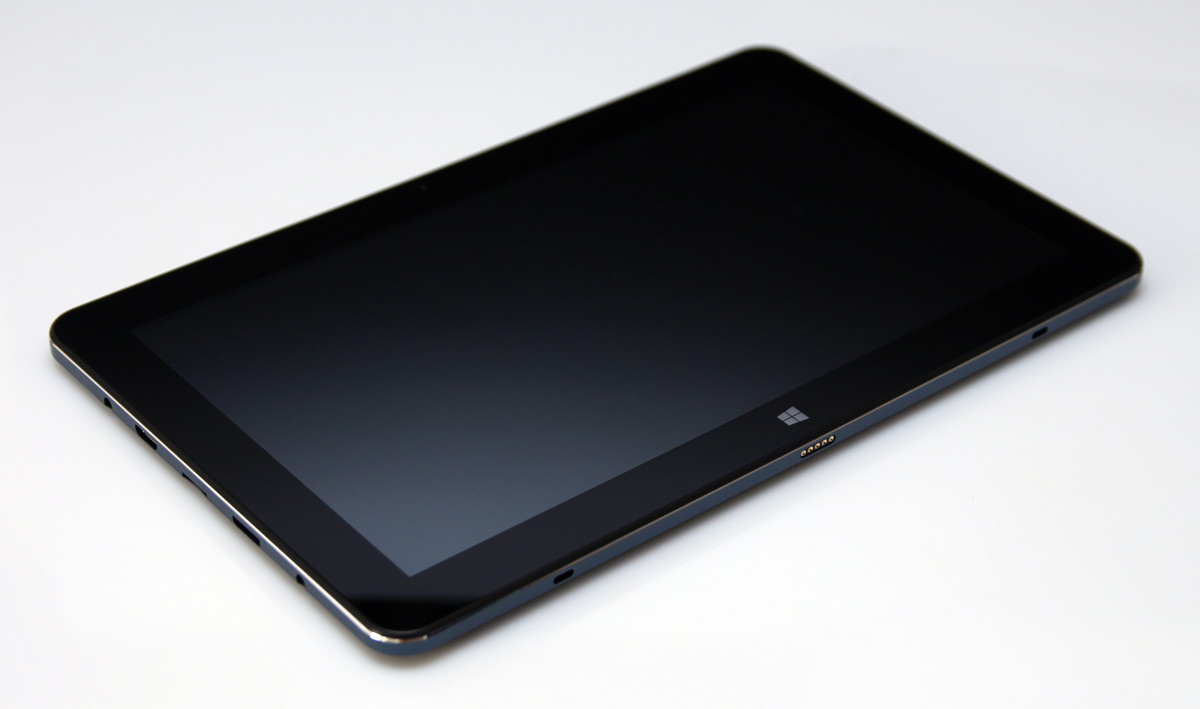
Of course, iPads and ARM-based Android tablets don’t have nearly the same amount of processing power squeezed inside them, so it’s understandable that the Core M-based Cube is a bit chubbier. Still, it manages to look and feel good. The back is metal, save for the top bit which houses the camera and antennas.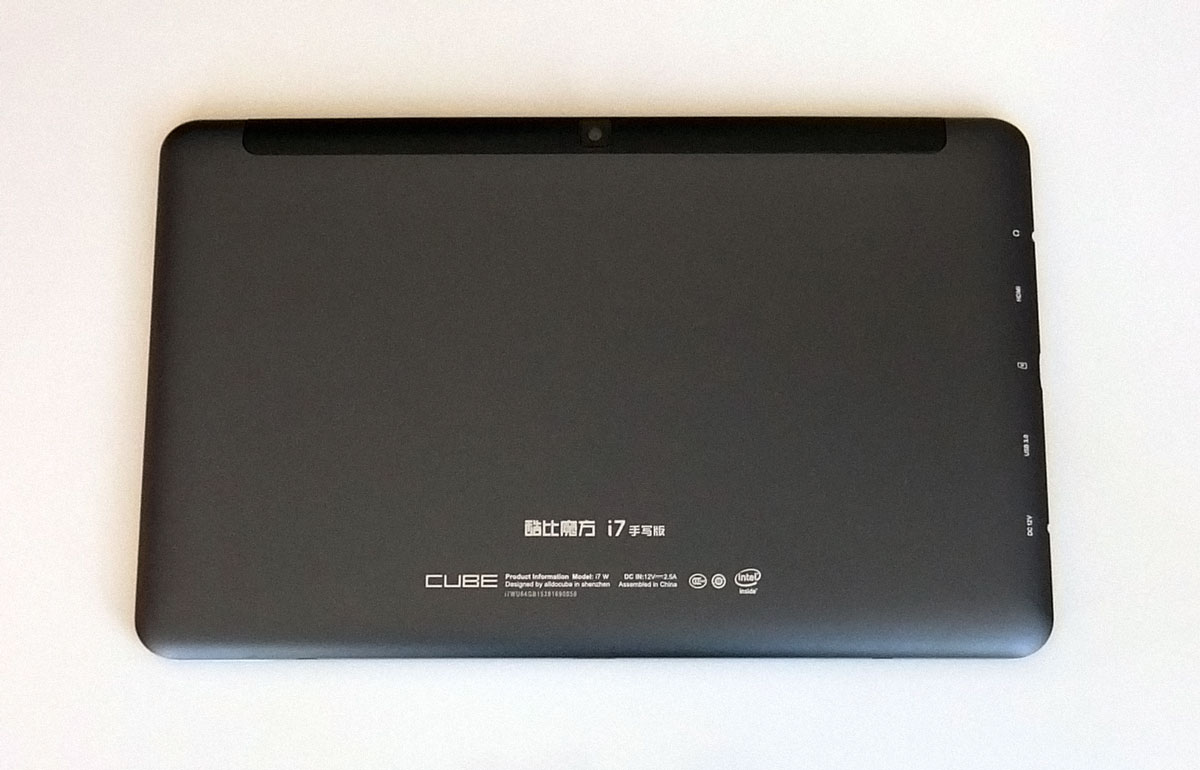
Cube opted for a dark blue finish, which looks good. We are a bit concerned that the matte finish and blue paint could be susceptible to scratches, but that’s true of every metal device.
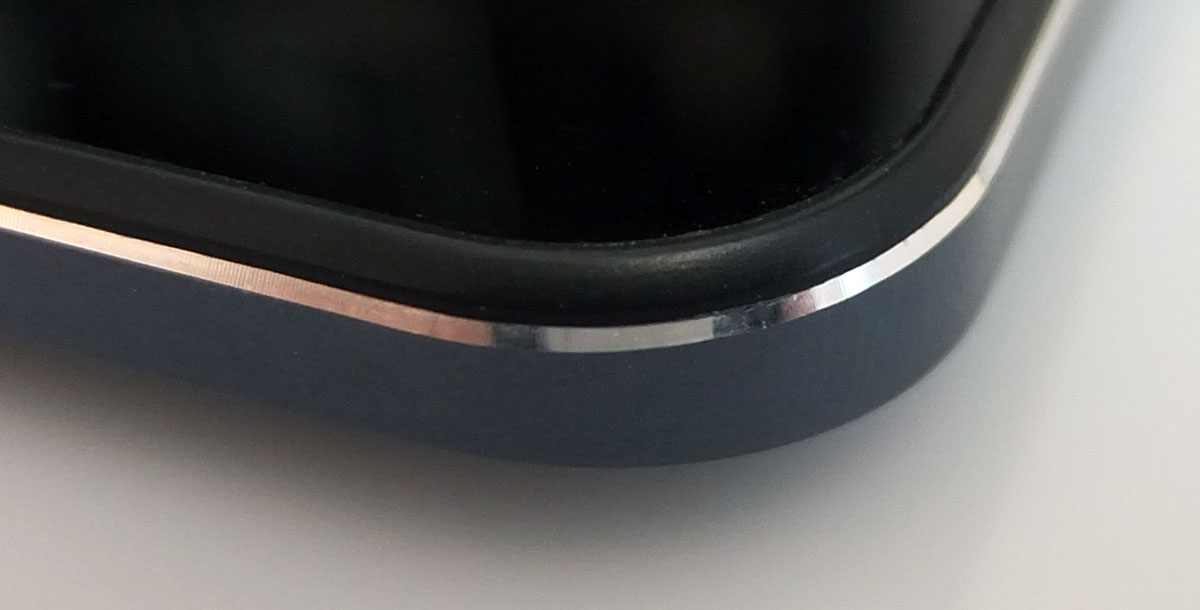
As you can see, the machining is accurate and the finish looks (and feels) premium.
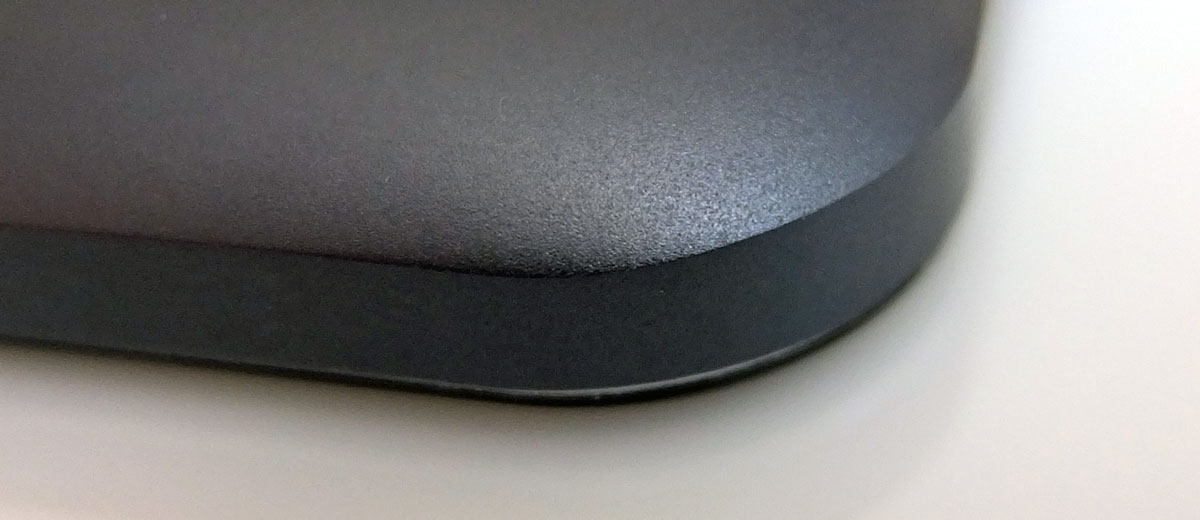
The only problem we had with the finish is that it doesn't handle fingerprints well. Although it's matte, it's rather smooth and gets greased up in a few hours of use.
The design is conservative, perhaps even too conservative. It basically looks like a 2-3 year old tablet, mainly due to its girth.
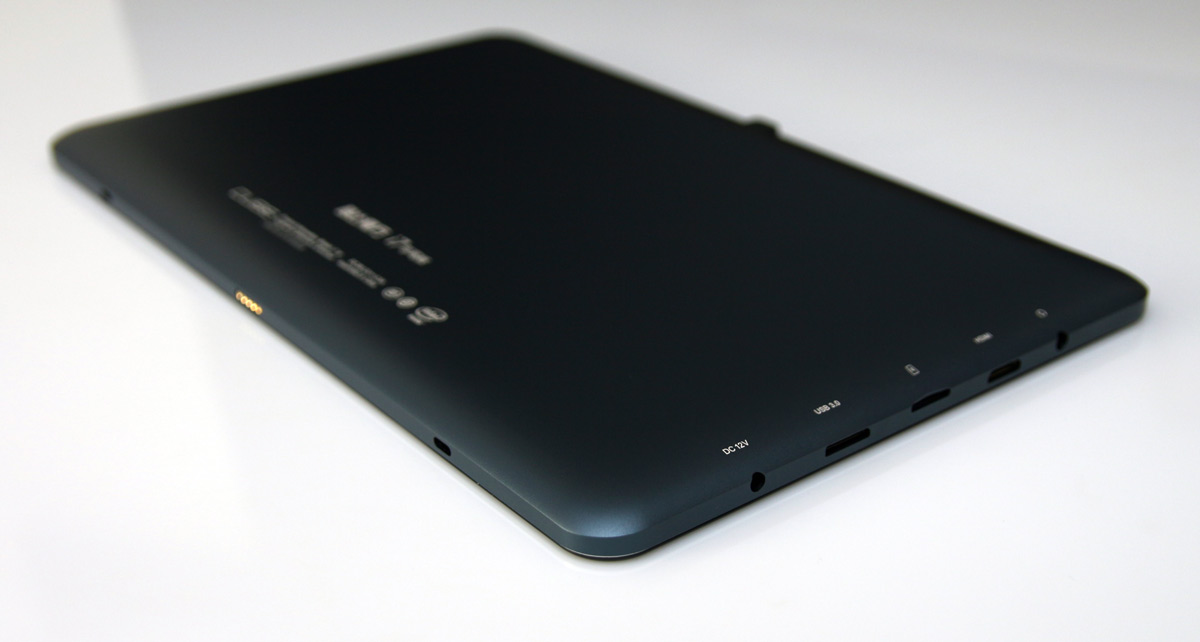
Another thing you won’t see on Android and iOS tablets is the array of ports located on the left side of the Cube i7 Stylus. While it’s a tablet, this is still a proper Windows PC, and it has the ports to prove it: Micro HDMI, USB 3.0, microSD card slot, 12V DC in, 3.5mm audio.
There are no connectors on the right side, just two grilles for the tablet’s side-firing stereo speakers.

Basically, you should have no trouble connecting the Cube i7 Stylus to a monitor, mouse and keyboard, transforming it into an emergency desktop replacement. With a Core M CPU and 4GB of RAM, it certainly has the muscle to power a proper display and handle serious applications.

The volume rocker and power button are located on the top.

Since this is a convertible, all you'll find at the bottom is a keybroad pogo pin connector and a couple of dock bays.
The front of the device is dominated by a 10.6-inch 1080p panel, which isn’t laminated. This makes the device a bit thicker and adds reflectivity, but on the other hand, it also means it’s possible to swap out the panel or digitizer separately, should you ever need to do so.
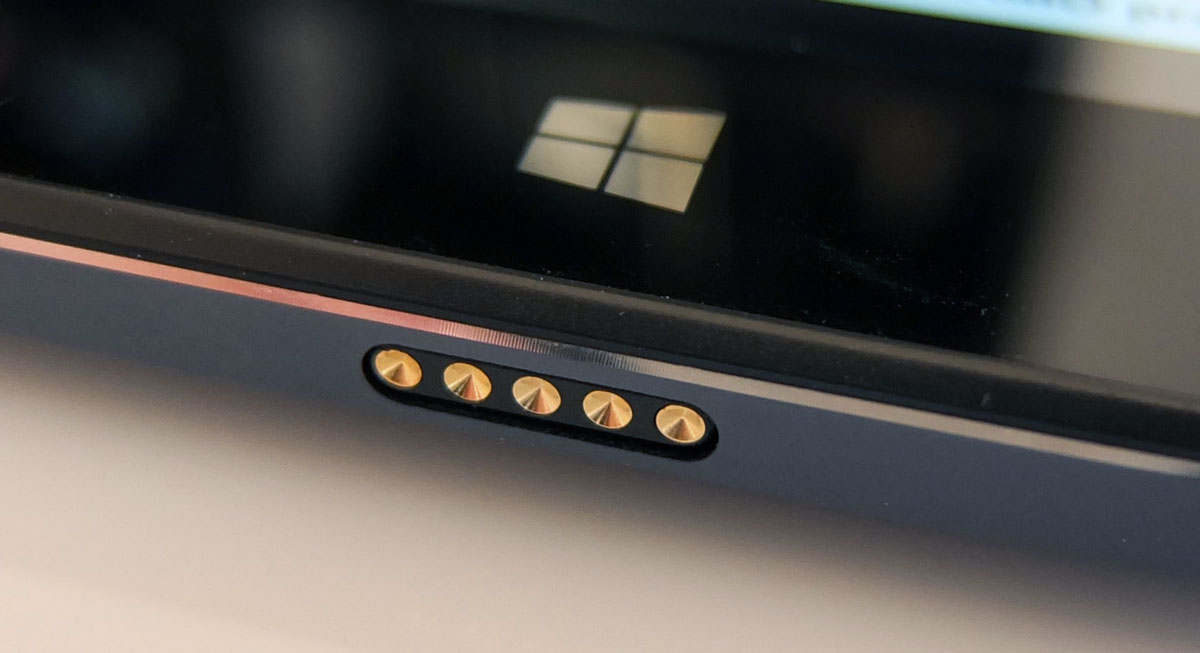
The standard Windows capacitive button is at the bottom of the display. Right next to it, on the side, you’ll find a 5-pin keyboard dock connector.
Unfortunately we haven’t got the keyboard, but judging by its looks, it features the same blue metal finish and it also houses a slot for the Stylus. Another optional extra is the Wacom compatible stylus itself, which is a tiny, plastic affair. We would have appreciated a softer, more rubbery finish on the stylus.
Cube i7 Stylus Specs and Performance
We already pointed out that the Cube i7 Stylus is not your average budget tablet based on Intel silicon. It’s a bit bigger, measuring 27.3 x 17.2 x 1.0cm, and it weighs 700g. If you decide to get the keyboard, this will add a few hundred grams on top of that.
Cube i7 Stylus Specs:
- SoC: Intel Core M 5Y10, 14nm
- CPU: Two 64-bit x86 cores (Broadwell) clocked at 800MHz to 2GHz
- GPU: Intel HD Graphics 5300 (8th generation), 24 EUs, clocked at 100MHz to 850MHz
- Storage: 64GB internal SSD, micro SD slot for expansion
- Display: 10.6-inch 1920x1080p IPS panel (Samsung)
- OS: Windows 10
- Rear camera: 5-megapixel sensor
- Front facing camera: 2-megapixel sensor
- Battery: 9000mAh lithium polymer
- Dimensions: 273 x 172 x 10.5mm
- Weight: 700g
- Connectivity: 802.11b/g/n WiFi, Bluetooth
- Sensors: accelerometer
So what’s missing? Not much. Our biggest gripe is the lack of 802.11ac support and the fact that we have no idea what sort of glass is on the screen. This wouldn’t be a big issue if we were dealing with a cheap convertible or hybrid, but on a $350-$400 device with a stylus, it’s a concern.
The main ingredients – the CPU, RAM and storage – are quite good for the money. Let’s check out a few benchmarks.
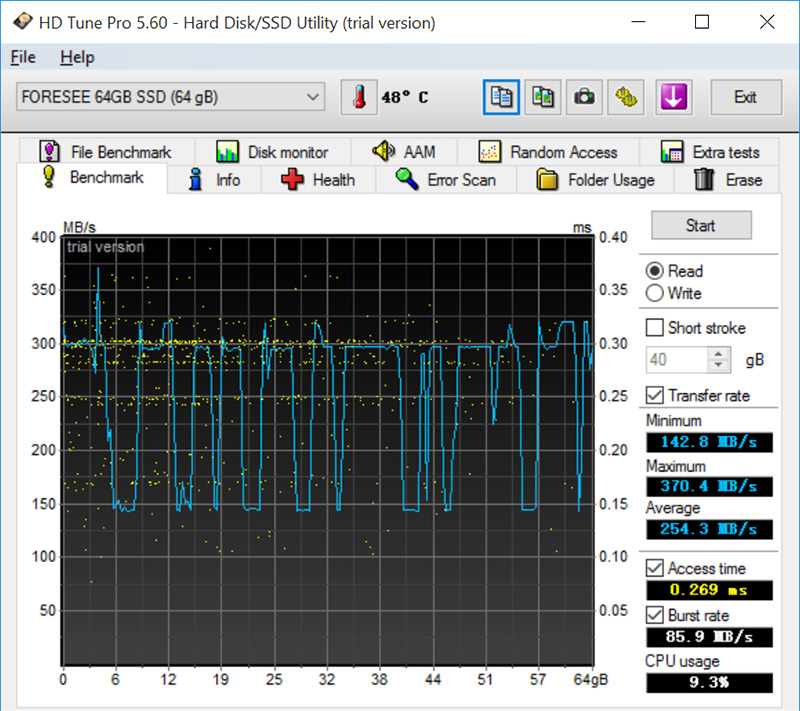
The 64GB SATA3 drive delivered some very nice results. After dealing with loads of tablets with eMMC storage, seeing a proper SSD is a breath of fresh air. With sequential read speeds between 350MB/s and 490MB/s, backed by relatively high write speeds, the Cube i7 Stylus feels as responsive as a mid-range notebook. It’s a pity that there’s no 128GB option because 64GB is somewhat cramped by today’s standards. Luckily, you can always fall back on the microSD slot in case you want to have your media collection on the road.
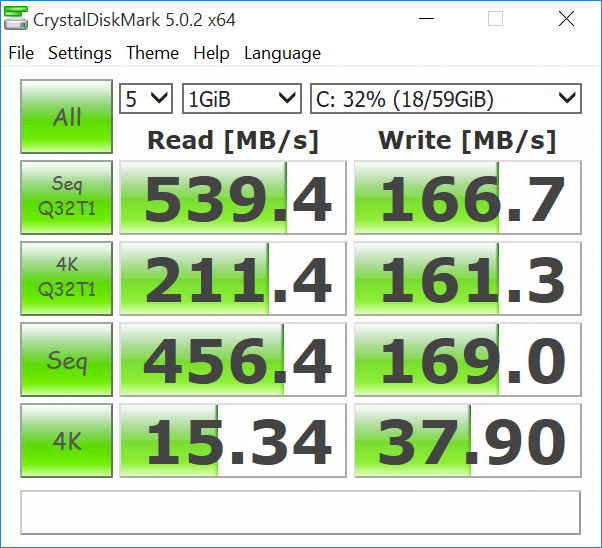
Squeezing so much performance in a tiny, passively cooled chip is probably got some people concerned about throttling. Yes, like all high-end tablets, the Cube i7 Stylus tends to throttle under load. Luckily, the powerful Core M processor isn’t likely to experience a lot of load (or throttling) in typical tablet/ultraportable workloads. It simply doesn’t have to run all out in order to deliver good performance.
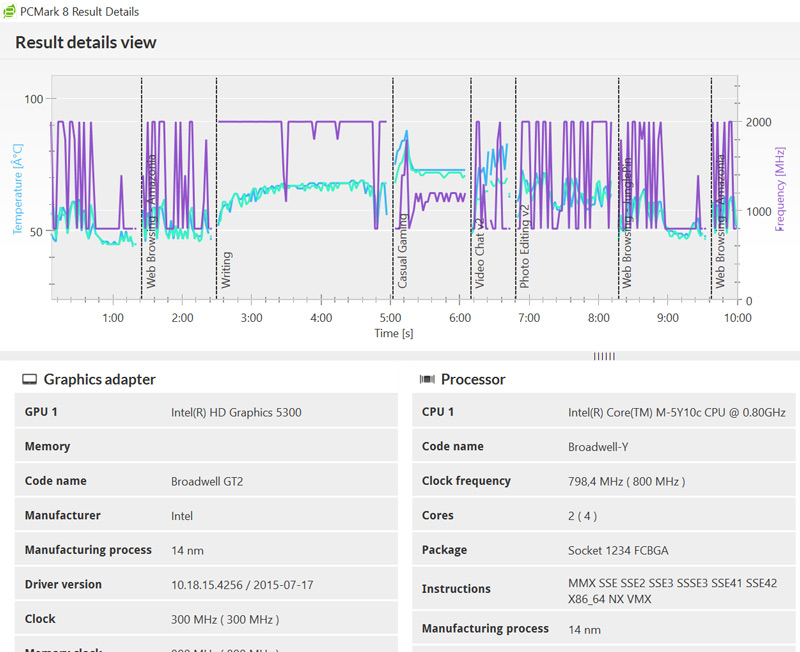
We got 2337 points in PCmark, and as you can see, the chip had no trouble hitting 2GHz even after we ran a few benchmarks on the device.
Now for Aida CPU Queen and Photoworxx tests:
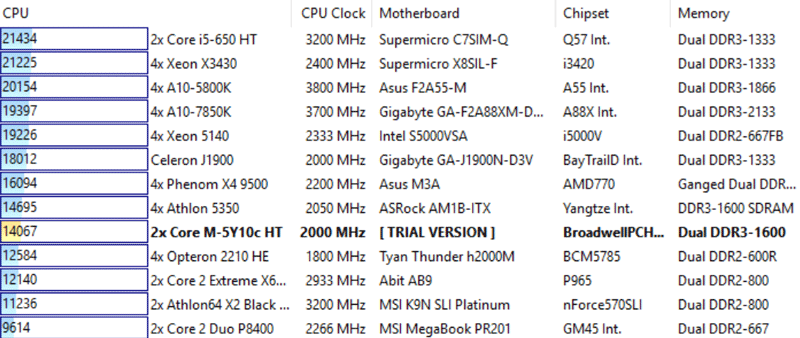
It's obvious that Intel's latest Core M silicon delivers excellent performance. Remember, this is a 4.5W chip, yet it manages to keep up with desktop chips from a couple of years ago, with 65W TDPs.
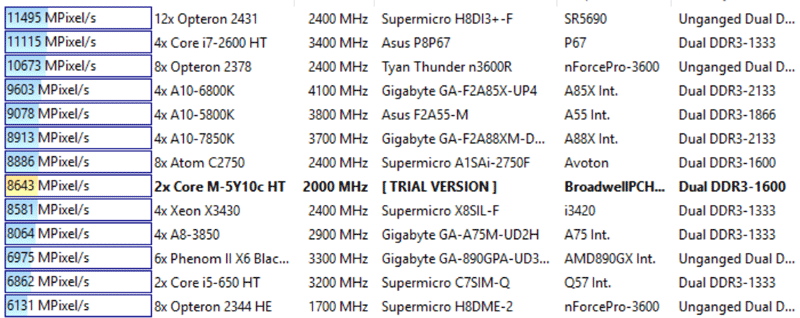
In Photoworxx, Core M ends upjust 5% slower than AMD's A10-7850K APU, a quad core clocked at 3.7GHz, with a 512-core GPU.
RAM benchmarks were quite good, although the gap between the Core M and today's desktop platforms tends to be bigger than in CPU tests.

The system ended up almost on a par with Intel's Core i7-4770 in memory write tests, which is impressive to say the least.

While the chip can deal with some very demanding applications, including 2-3 year old games, sustained performance is always an issue on tablets and passively cooled ultraportables. The CPU can hit about 80 degrees Celsius under heavy load, but throttling is simply not an issue in everyday use.
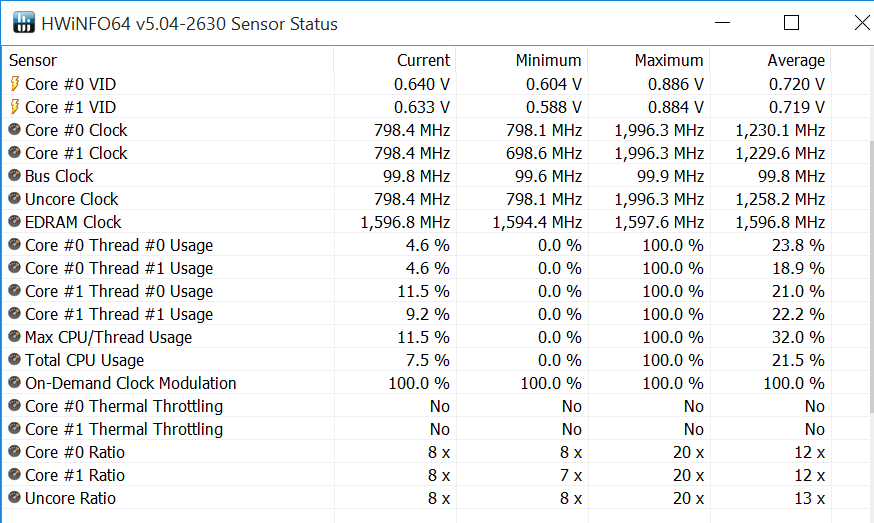
At the same time, the rear side of the tablet can heat up to over 40 degrees near the CPU. Once again, this is not a big deal, unless you plan to run benchmarks all day long, or run very demanding games on this device.
Overall, this is a very fast Windows tablet that can match and outpace many entry-level and mainstream notebooks in terms of sheer performance.
Display, Audio and Stylus
The 1080p display comes from Samsung, and the good news is that it appears to be the exact same panel used in the Microsoft Surface 2. While this obviously isn’t the latest panel out there, display quality is quite good, but we would have liked a laminated display, with Gorilla Glass or similar scratch-proof material on the top.
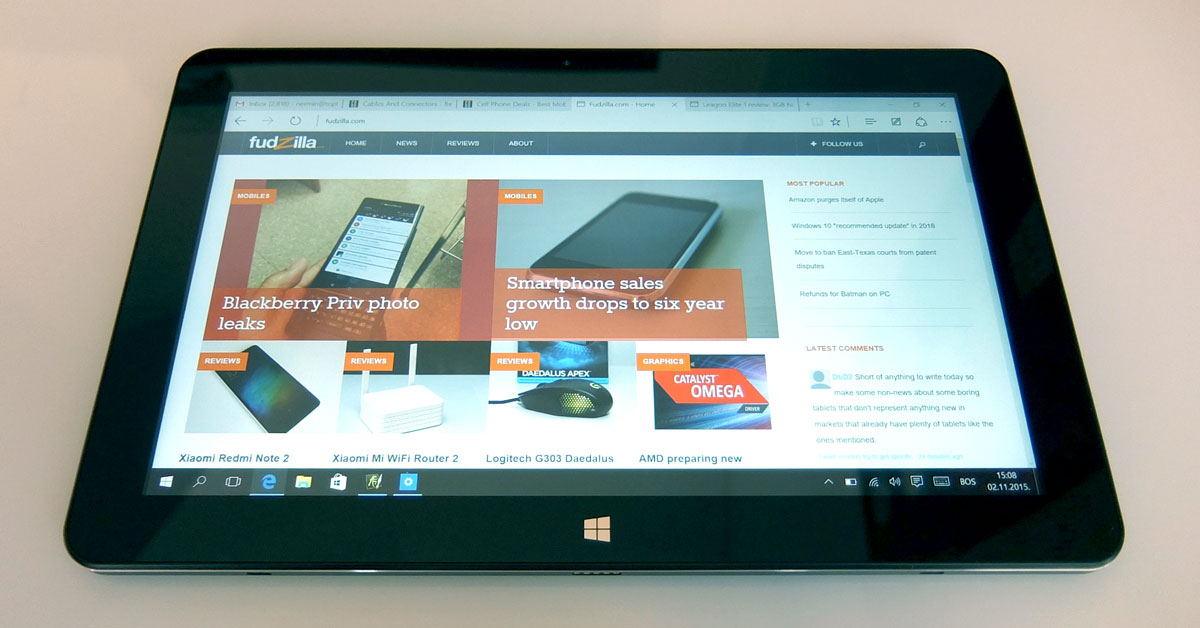
Unfortunately, we don’t know what sort of glass Cube chose for this device.

In any case, display quality should not be an issue, especially not in this price range.
However, audio quality is an issue. We expected a lot more from a stereo speaker setup on this sort of device. Stereo or not, the sad truth is that many $150 tablets and phones ship with better speakers.

The speakers are just not powerful enough, so it doesn’t even make much sense to talk about audio quality, since the device is just too quiet to enjoy video or music. This is perhaps its biggest shortcoming and frankly we are surprised to see it fail on such a trivial feature. There is a small chance that the transition to Windows 10 has something to do with it, because we doubt this is what the engineers had in mind when they designed the i7 Stylus. So, it might be a software issue, but that doesn’t change the fact that the tablet is too quiet to enjoy South Park.

The tablet is equipped with a 5-megapixel rear camera and a 2-megapixel front facing unit. The rear camera protrudes from the chassis and really messes up an otherwise streamlined device.
As for the front camera, it’s sufficient for the occasional Skype call, but once again, we’ve seen better cameras on cheap phones.
What about the Wacom stylus? Well, it’s a very potent tool, although it’s not as good as a dedicated stylus.

As far as Cube i7's artistic potential goes, Wacom's touch on the entire package has made this tablet quite a contender, even with Wacom's own products. Cube i7 comes with a Wacom packing 1024 pressure levels. As you can see from the picture below, transitions from subtle to hard lines are seamless. Tilt sensitivity is another thing, it’s very limited. However, this is still a mainstream product, with stylus support as an afterthought.
This is a passive stylus, so there’s no battery inside. It ships with a few replacement plastic tips, although you probably won’t need them since you’ll be working on smooth glass rather than a matte Wacom digitizer. The single button on the side of the stylus acts as the right mouse button, and there’s an eraser on the other side. When the tablet detects the stylus, it deactivates touch input, so you wouldn’t mess everything up with your palm (you can still make a mess of it if you lift up the stylus to see your artwork, but forget to remove your wrist).
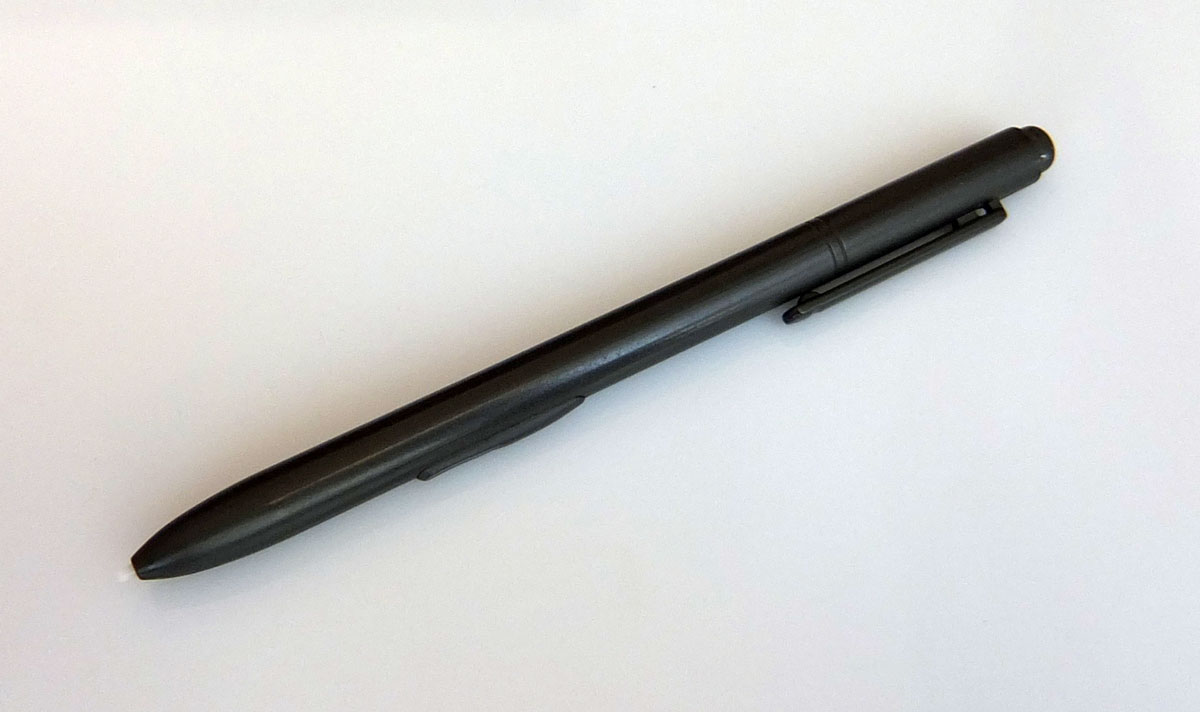
While Wacom offers similar products, they are much more expensive and tend to serve a single purpose, whereas this is a good hybrid tablet in its own right. The Cube can be used for anything else when you're not letting that inner Picasso out.
Additionally, Cube i7 handled water colours admirably, pretty much the same as our desktop rig, and seeing as how they are the most difficult to pull off, we must compliment the snappy Core M processor and recommend it to anyone interested in doing so-called “tradigital” media. We are not sure an Atom would be able to deliver near lag-less performance with water colours and all other media.
And now, please don't laugh too hard, but here's a sample of what can be done. Remember, we're no artists and this was our first crack at the stylus. The "painting" is inspired by the thumbnail image in Joomla's content upload dialog box, for an added dose of geekyness. We call it Lorem Ipsum at Noon.

Everyday use
Due to its size and weight, the Cube i7 Stylus does not feel or handle like a typical tablet. It’s about 200 grams heavier than most 9.7- or 10-inch tablets, and since it’s a 10.6-inch 16:9 device, it is rather wide. Bear in mind that this isn’t just a tablet, it’s a convertible, and most of these 2-in-1 devices feature a similar layout and form factor. The Cube is just somewhat chubbier thanks to its powerful Core M processor.
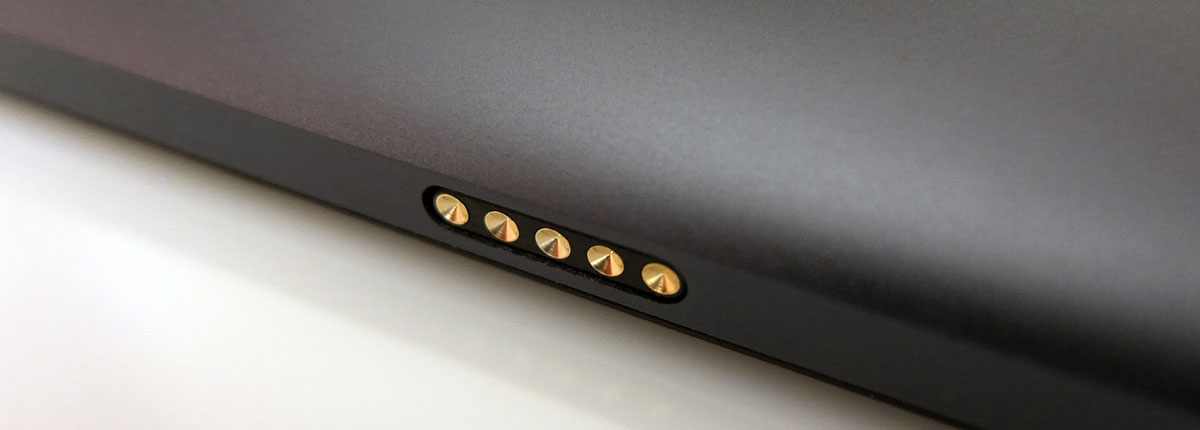
Unfortunately, we did not get a chance to try it out with the keyboard dock, which features the same metal finish and a multitouch touchpad. The dock is sold separately and it will set you back around $60. The dock also includes a stylus holder, which is nice. Oh, the stylus is also sold separately for about $20.

As far as ergonomics go, we had no trouble connecting the Cube i7 Stylus to a wide range of peripherals. Having all connectors located on one side helps reduce clutter, and there is enough room between the ports, so you can use all of them simultaneously.
The USB 3.0 port comes with an adapter cable. We would have preferred a standard USB port, but the designers obviously though it was more important to keep the thickness down to a minimum and have curved edges on all sides.
We already pointed out that our biggest issue in everyday use is more or less trivial – the speakers are puny. On the upside, the rest of the package is noticeably better.
Since it’s a Core M tablet with a big battery, it relies on a proprietary charger rather than a standard micro USB. The charger helps deliver more juice and charges the battery in about four hours. It uses a 3.5mm plug, which can also be inserted in the 3.5mm audio port (yep, we did it, accidentally).
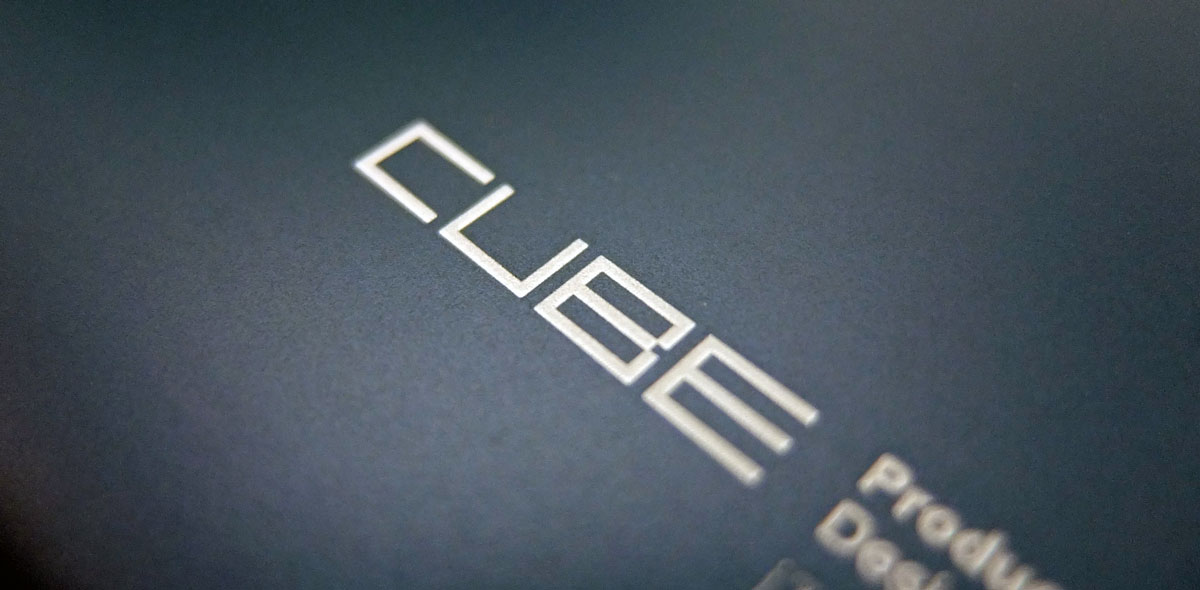
However, if you are used to Atom or iPad battery life, you may be in for an unpleasant surprise. Core M tablets simply can’t keep up with mainstream tablets. After all, the CPU has more than 1.3 billion transistors and a much more powerful GPU than anything used on Atom chips (6x more EUs than Bay Trail, 2-3x more EUs than Cherry Trail). We managed to get almost about six hours of browsing and video, which is a bit less than you’d get on mainstream 10-inch tablets based on Intel Atom or ARM chips. However, when you compare this to Surface Pro tablets and other hybrids like the Lenovo Yoga series, it’s just slightly below average.
Conclusion
The Cube i7 Stylus is a strange beast. It’s a small brand device and few users outside of Asia will ever get a chance to try it out. While Cube has been around for years, the company does not appear to be focusing on the international market. Considering the price/performance ratio of this particular device, perhaps it’s time to give western markets a go.
The Cube i7 Stylus costs as much as a mid-range tablet with a big brand sticker on the back, yet it is based on a processor that would not feel out of place in a device twice its price. Storage and RAM are fast as well, and overall performance is excellent for a tablet (not just a cheap tablet, but any tablet). If you choose to get the keyboard dock, you’ll end up with a quite powerful 2-in-1 with stylus support on top. It’s a pity there’s no 11.6-inch version, or 128GB model, but who knows, perhaps we will see them in the future.
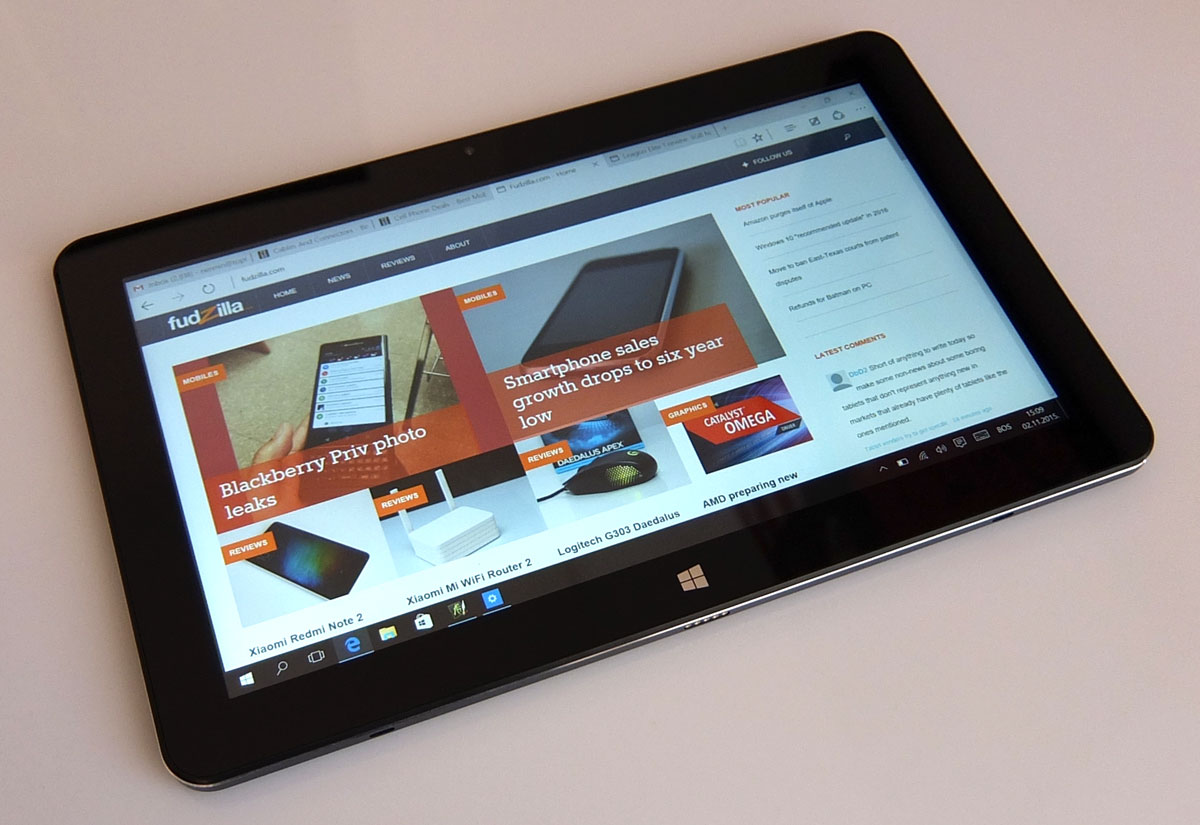
There are a few shortcomings. The blue metal chassis is sensitive to fingerprints and grease. The speakers are woefully inadequate and they are our biggest disappointment. Sure, you have to save money somewhere, but Cube would have been better off with a couple of speakers used in $100 phones. As a result, content consumption suffers, but this tablet is no toy anyway. It’s supposed to augment or replace ultraportable notebooks, and it should excel in that use case.
It’s a pity we did not get a chance to try out the keyboard, which is sold separately for $58. The stylus is also an option, but it’s relatively cheap at $35. The kicker is the price of the tablet itself – it’s just $327 via GearBest, who kindly supplied this review sample.
Bottom line; the Cube i7 Stylus is a very powerful piece of kit with a surprisingly low price tag. In case you want a serious tablet or convertible, with a Wacom stylus as icing on the cake, it’s a good value alternative to similar big brand devices.
Cube i7 Stylus Pros and Cons
Pros:
- Excellent performance
- Good display
- Stylus support
- Value for money
Cons:
- Woefully inadequate speakers
- Fingerprint prone metal finish
- No full-size USB slot





